History
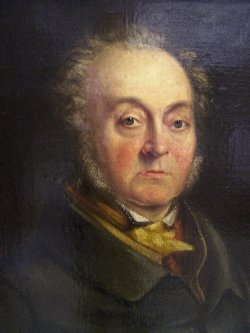
Williamson’s portrait
There has been much debate about this portrait or more specifically, the handwritten comment on the back stating that the portrait is ‘a good likeness of me when I was half-seas over’.
What does ‘half-seas over’ mean?
The modern Collins English Dictionary defines ‘half-seas over’ as being drunk but the 1811 Dictionary of Vulgar Tongue defines the term more specifically as “almost drunk’.
Would Williamson have used this term to describe himself?
We may never know the answer to that for certain but given his known enjoyment of a good soiree then it is quite likely.
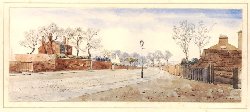
Wavertree Road
Herdman painting from British Museum.
The view is looking east along Wavertree Road from its junction with Duke Street (now Overton Street)
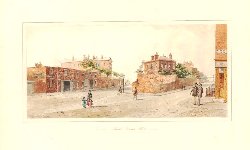
Mount Vernon
Herdman painting from British Museum
Inscribed on mount: “Mount Vernon, 1858.”
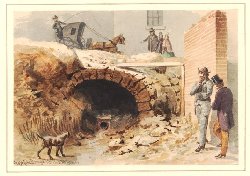
Grove St/Oxford St
Inscribed on mount: “Grove Street and Oxford Street, The old Water-course from Mosslake.”
Inscribed with signature and date in lower left corner of the sheet: “Mosslake Bridge 1863 I.McGahey

Liverpool Mercury
The following article appeared in the Liverpool Mercury on 30th March 1832
Destructive Fire
On Saturday night a fire broke out in the premises of Mr Williamson’s garden, Edge-hill. The alarm was instantly given, and the fire-engines were quickly on the spot; but before they could play on the building, the interior was completely destroyed, as well as a quantity of timber in the yard. The loss is estimated at several thousand pounds. Considerable damage was done to the surrounding grounds by men who forced their way in under the pretext of assisting to extinguish the flames. The Rev. Dr. Raffles’ carriages and horses, which were in a stable near the fire, were removed from the apprehension of danger, to a place of safety. We hear that Mr. Williamson had his property insured.
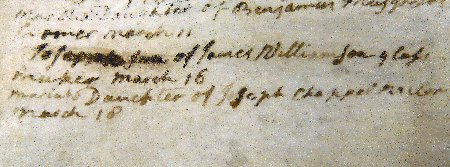
Joseph Williamson was a Yorkshireman.
Very little has ever been known about Joseph Williamson’s early life and what information we have had has come from the writings of the somewhat unreliable 19th century local historian James Stonehouse.
Stonehouse tells us that Joseph Williamson was born on 10th March 1769 and that he left his home in Warrington at the age of 11 to lodge with the Tate family in Liverpool who gave him employment in their tobacco & snuff manufactory.
Stonehouse also relates that Joseph married Elizabeth Tate and eventually took over the Tate business.
In May 2007 a small team from the Williamson Tunnels Heritage Centre, frustrated by the dearth of information about Williamson, resolved to make a concerted effort to learn more.
Since then much information has been unearthed but the most significant breakthrough came quite recently.
Senior researcher Sian Roberts has uncovered evidence that Joseph Williamson was actually born in Yorkshire and that Joseph’s father and Elizabeth Tate’s grandfather were both glassmakers in a small village near Wakefield.
It appears that following the decline of small-scale glassmaking in Yorkshire in the latter part of the 18th century several members of the Tate family moved to Liverpool and we believe that at around the same time the Williamson family moved to Warrington.
The Heritage Centre research team is still following several leads, which may lead to more information about Joseph Williamson and are planning to display their work at the Heritage Centre in due course.

